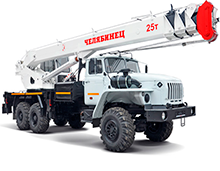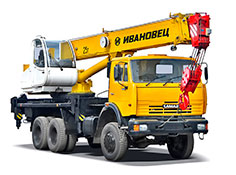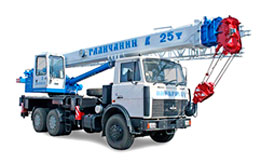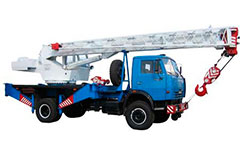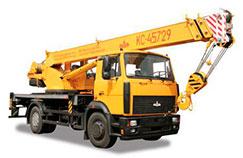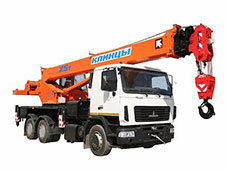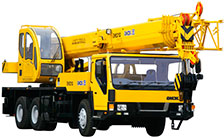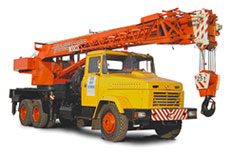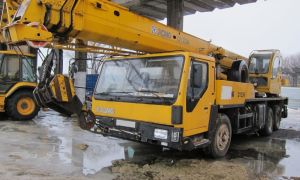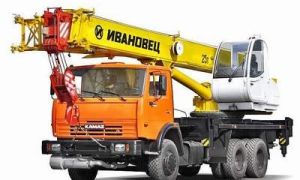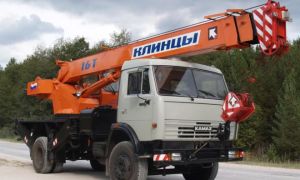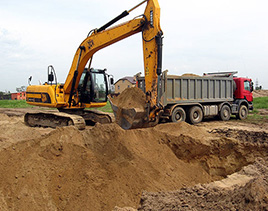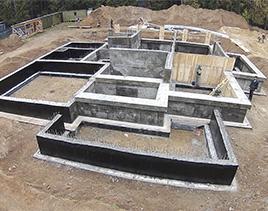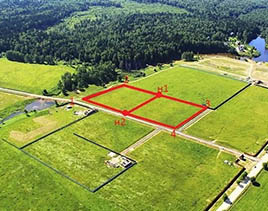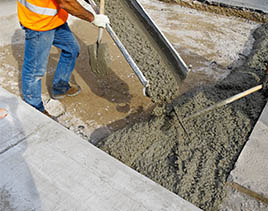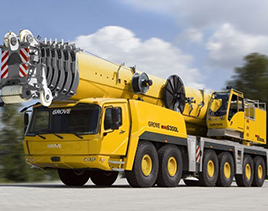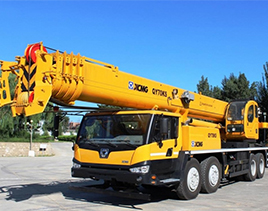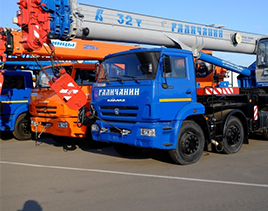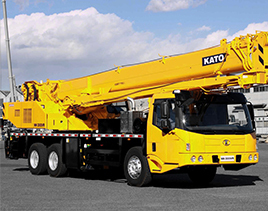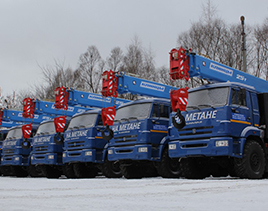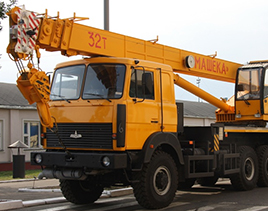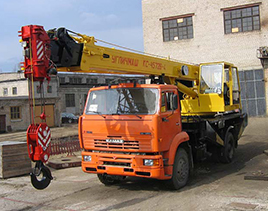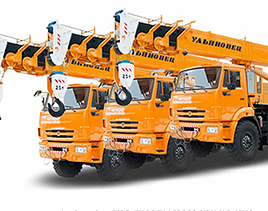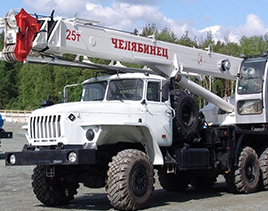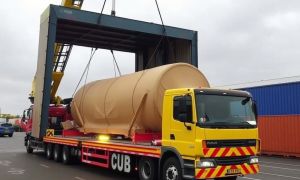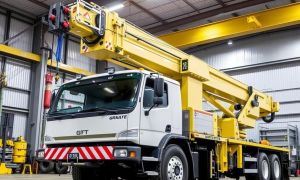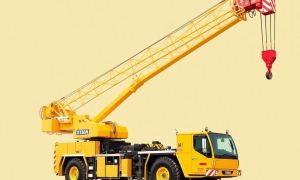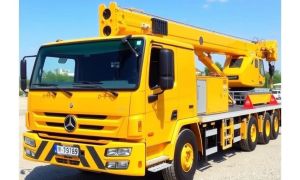Introduction to Crane Hydraulic Systems
Crane hydraulic systems are the backbone of modern lifting and construction equipment, driving the powerful movements that enable cranes to carry massive loads with precision and safety. These systems use pressurized hydraulic fluid to generate force, enabling controlled and smooth motion across various crane components such as booms, jibs, and winches. Recent innovations in crane hydraulic systems have reshaped the construction and heavy machinery landscape, making cranes more efficient, environmentally friendly, and reliable than ever before.
In this article, we’ll explore the latest advancements in crane hydraulic systems, including technological breakthroughs, design improvements, and enhanced control mechanisms. Whether you’re a professional in the field, a machinery enthusiast, or someone curious about how cranes are evolving, this comprehensive guide will shine a light on the forces driving this transformative period in crane hydraulics.
Understanding the Basics of Crane Hydraulic Systems
Before diving into the latest innovations, it’s crucial to understand how traditional crane hydraulic systems work. These systems typically consist of a hydraulic pump, reservoir, valves, cylinders, and motors. When the pump pressurizes the hydraulic fluid, it flows through valves to the cylinders, which then convert fluid power into mechanical force to move the crane’s parts.
One fundamental aspect is the system’s ability to provide variable force and speed, allowing for precise movements even under heavy loads. Hydraulic controls also play a significant role in maintaining safety by managing smooth acceleration and deceleration, reducing the risk of accidents caused by sudden jolts.
Key Components in Crane Hydraulic Systems
- Hydraulic Pump: Converts mechanical energy into hydraulic energy by pressurizing the fluid.
- Hydraulic Cylinders: Actuators that convert hydraulic energy back to mechanical motion.
- Valves: Direct fluid flow to control direction, pressure, and flow rate.
- Reservoir: Holds the hydraulic fluid, keeping it cool and clean.
- Filters: Maintain cleanliness to prevent damage to system components.
Understanding these components helps appreciate how recent advancements optimize each of these parts to improve crane performance.
Latest Technological Advancements in Crane Hydraulic Systems
The ever-increasing demand for higher efficiency, safety, and environmental responsibility has driven innovation in crane hydraulic technology. Let’s break down some of the most important advancements in this field.
1. Intelligent Hydraulic Control Systems
Modern cranes are increasingly equipped with intelligent hydraulic control systems that use sensors and microprocessors to continuously monitor system parameters like pressure, temperature, and flow rate. These systems enable dynamic adjustments in real-time, optimizing hydraulic pressure for various conditions and preventing overloads.
This technology not only enhances operational safety but also improves energy efficiency by reducing unnecessary power consumption during low-load operations. For operators, intelligent controls simplify crane use by providing smoother, more responsive handling.
2. Electro-Hydraulic Hybrid Systems
One of the most exciting developments is the integration of electro-hydraulic hybrid systems. These systems combine traditional hydraulics with electric drive components, allowing for partial or full electric operation during specific tasks. The benefits are multifold: lower fuel consumption, reduced emissions, and quieter operation.
By enabling cranes to switch between hydraulic and electric power, these systems can maximize efficiency depending on the task requirements. Additionally, they support regenerative technologies that capture energy during lowering or braking operations, feeding it back into the system.
3. Advanced Hydraulic Fluid Technologies
The type of hydraulic fluid used plays a significant role in a system’s performance. Recently, environmentally friendly hydraulic fluids have gained popularity, including biodegradable and fire-resistant varieties. These fluids maintain excellent lubrication and thermal stability while reducing environmental impact in case of leaks or spills.
Using advanced hydraulic fluids also improves system longevity by minimizing wear and corrosion of components, further reducing maintenance costs over time.
4. Modular and Compact Hydraulic Components
Crane designers are now adopting modular and compact hydraulic components that enable flexible and scalable system configurations. Smaller, lightweight pumps, motors, and valves increase fuel efficiency by reducing overall system weight and improving space utilization.
Modular designs simplify maintenance and upgrades by allowing damaged parts to be swapped quickly without overhauling the entire system. This translates to less downtime at construction sites and higher productivity.
5. Remote Monitoring and Diagnostics
Harnessing the power of the Internet of Things (IoT), many modern cranes are equipped with remote monitoring systems that collect hydraulic system data and send it to cloud-based platforms. Operators and maintenance teams can access real-time information on system health, usage patterns, and predictive alerts for potential failures.
This technological leap enables predictive maintenance strategies that save money and avoid unexpected breakdowns. It also helps operators optimize crane usage by identifying inefficiencies in hydraulic system performance.
The Impact of Advancements on Crane Performance
These advancements in crane hydraulic systems affect the machinery’s performance in several compelling ways, significantly changing the construction landscape.
Enhanced Operational Precision
Improved hydraulic control systems enable cranes to perform delicate operations with greater accuracy. This is particularly valuable in urban construction projects where space is limited and precision is critical, such as installing glass panels or heavy mechanical equipment.
Increased Energy Efficiency
Electro-hydraulic hybrid systems and advanced fluid technologies contribute to a substantial reduction in fuel consumption and emissions. Construction companies benefit not only from cost savings but also from meeting stricter environmental regulations.
Improved Safety
Real-time monitoring and intelligent controls increase safety by minimizing human error and reducing the risk of hydraulic system malfunctions. Emergency shutdowns and overload protections can be implemented more effectively.
Reduced Maintenance and Downtime
Modular components and remote diagnostics mean cranes spend less time off-site for repairs. Teams can identify and address problems before they lead to critical failures.
Greater Flexibility and Scalability
With modular hydraulic designs, cranes can be adapted for different projects more easily, from small maneuverable units to large heavy-lifting machines.
Comparing Traditional and Advanced Crane Hydraulic Systems
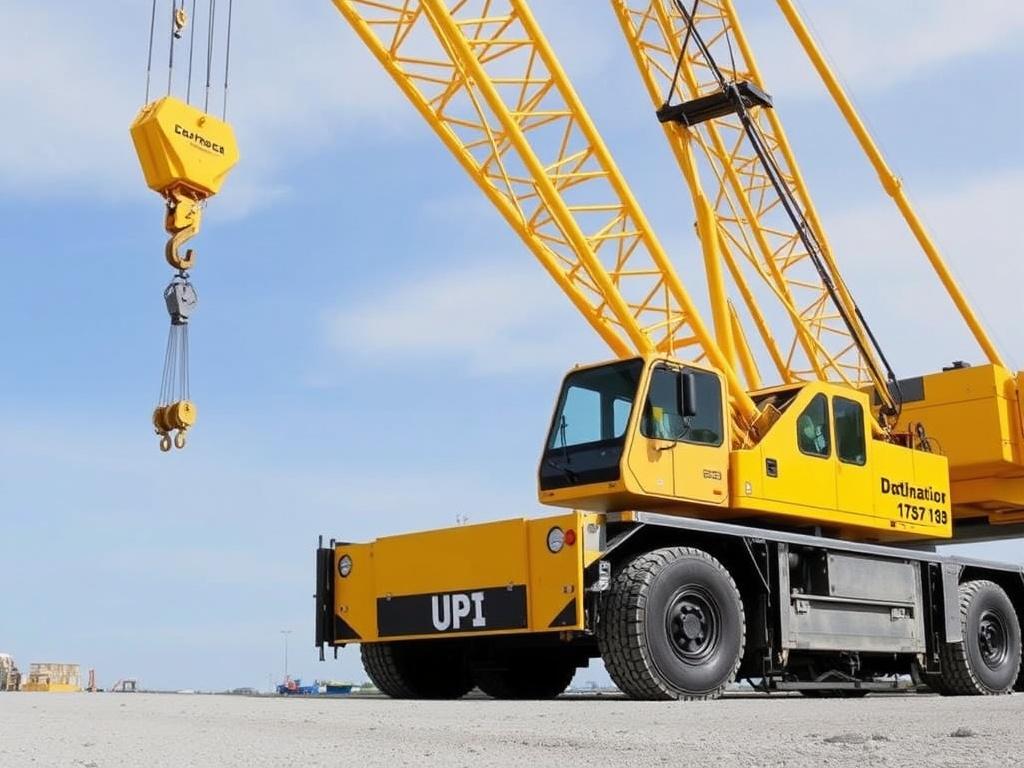
To give a clearer picture of how far crane hydraulic systems have come, here’s a comparison table illustrating the key differences between traditional systems and the latest advancements.
| Feature | Traditional Crane Hydraulic Systems | Advanced Crane Hydraulic Systems |
|---|---|---|
| Control Type | Manual or basic hydraulic valves | Intelligent, sensor-based electronic controls |
| Energy Source | Diesel-powered hydraulic pump only | Electro-hydraulic hybrids with electric drive options |
| Hydraulic Fluids | Standard petroleum-based fluids | Biodegradable, fire-resistant, and synthetic fluids |
| Component Design | Heavier, fixed-size components | Modular, compact, and lightweight components |
| Monitoring | Periodic manual inspections | Continuous remote monitoring with predictive alerts |
| Maintenance | Reactive, after failure | Predictive and condition-based |
Emerging Trends Shaping the Future of Crane Hydraulic Systems
While the latest advancements are already transforming the crane industry, there are emerging trends worth keeping an eye on that promise to push the envelope further.
1. Artificial Intelligence Integration
AI could take intelligent hydraulic systems to new levels by learning operator habits, environmental conditions, and load types to autonomously optimize crane hydraulics. This would enhance safety, efficiency, and predictability even further.
2. Augmented Reality (AR) for Maintenance
AR technology has the potential to assist maintenance workers by providing real-time overlays of hydraulic system components, troubleshooting guides, and step-by-step repair instructions, reducing errors and time spent in maintenance.
3. Fully Electric Hydraulic Systems
Though hybrid systems are becoming more common, fully electric hydraulic cranes may soon emerge, relying entirely on electricity stored in batteries or fuel cells. This would drastically reduce emissions and noise, ideal for urban and indoor operations.
4. Advanced Materials
New materials such as carbon-fiber-reinforced plastics and improved alloys could make hydraulic components even lighter and more durable, improving efficiency and reducing wear.
Practical Tips for Operators and Maintenance Teams
Implementing advancements means operators and maintenance teams must adapt to new technologies. Here are a few key tips for maximizing the benefits of modern crane hydraulic systems:
- Stay Trained on Intelligent Controls: Regularly update training to master the functionality of electronic control and monitoring systems.
- Monitor Hydraulic Fluid Quality: Use recommended environmentally friendly fluids and change them according to manufacturer schedules to keep systems running smoothly.
- Utilize Remote Monitoring Data: Take advantage of sensor data to plan preventative maintenance and avoid unexpected breakdowns.
- Inspect Modular Components: Learn how to quickly swap out modular parts for efficient repairs and upgrades on-site.
- Incorporate Safety Protocols for Hybrid Systems: Understand the operational differences when using electro-hydraulic power to prevent accidents.
Conclusion

The latest advancements in crane hydraulic systems represent a significant leap forward in the construction and heavy machinery industries. From intelligent control systems and electro-hydraulic hybrids to environmentally friendly fluids and modular components, these innovations are making cranes safer, more efficient, and more adaptable to complex tasks. Remote monitoring and emerging technologies like AI and AR promise even greater enhancements on the horizon. For operators and maintenance teams, embracing these advancements not only improves performance but also paves the way for a more sustainable and productive future in crane operations. As the technology evolves, staying informed and skilled in the latest crane hydraulic systems will be essential to harness the full benefits of this dynamic and critical field.

